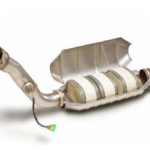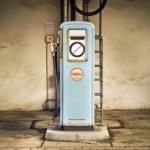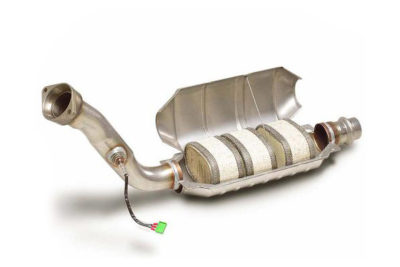What destroys a catalyst?
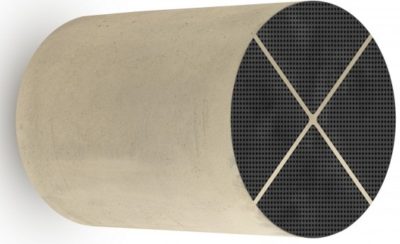
Catalyst
Your vehicle's catalytic converter may fail if your exhaust system has more or less pressure than the one recommended by the factory. This can happen if one of the parts of the system is damaged, but also if one of the defective parts is replaced by an inappropriate one, that is, one that is not approved for your vehicle.
Let's see first what happens if the pressure in your exhaust system is higher than the factory prescribed one. Pressure build-up can happen first of all if you install system components, a pot and a catalytic converter that are not designed specifically for your car. Also, the way components are incorporated can have a big impact.
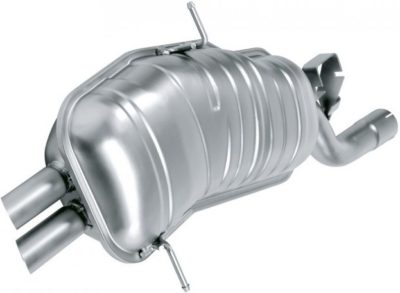
It is very important that the replacement parts meet the factory standards.
Believe it or not, installing parts of the system by welding can also reduce system throughput by a few tenths of a percent by reducing the effective pipe diameter. Also, the flow can be reduced due to the deterioration of the interior of the exhaust system.
When the exhaust pressure is higher than the factory prescribes, at the same time that both the intake and exhaust valves are opened, a part of the exhaust is returned to the combustion chamber, which "dirty" the ideal mixture of air and fuel. This produces a slow-burning mixture. Therefore, during the expansion cycle, not all of the mixture in the mixture is burned cylinder, and continues to burn in the exhaust.
It then heats up to a red heat, and the first on impact are exhaust valves that do not need too much to literally melt. Then, of course, they lose their ability to breathe, so the problem of "leaking" unburned mixture increases.
If the malfunctioning of the catalytic converter is malfunctioning, it can take a few minutes to break down.
When the still combusting mixture (at 1800 degrees Celsius) reaches the monolith in the catalyst, the core melts soon. The ceramic monolith melts at 1400 degrees and the metal at 1600 degrees Celsius. At that moment, the rapid degradation of the system usually begins, which can quickly destroy the rest of the engine!
Even when the pressure in the exhaust is less than prescribed, which happens when you install non-homologated elements, when you have a hole in the system, or if you throw out some of the elements to get a "sporty" sound, or a catalyst after it fails, it's not much more favorable by car.
In this case, the exhaust gases exit the combustion chamber faster than they should, resulting in a vacuum effect that draws some of the new air-fuel mixture into the exhaust system. When that mixture reaches a catalyst that runs at about 900 degrees Celsius, the ignition occurs and the temperature rises to 1800 degrees, causing the monolith to melt and much damage, first to the catalytic converter and then to the engine.
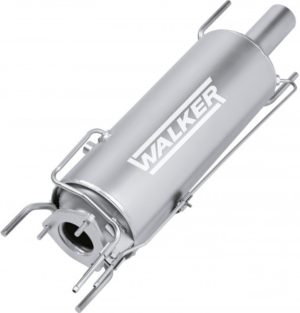
Catalyst
When replacing the exhaust system, use only proven and quality parts.
Apart from destroying the engine very quickly (from a few minutes to a few months depending on the extent of the problem), using inadequate "sports" parts of the exhaust system will not increase, but rather reduce the power, precisely for the reasons stated.
Therefore, in order to prevent the catalytic converter and the engine from collapsing, it is essential that the exhaust system is properly maintained and that any components that are worn out are replaced using approved parts only.

Catalyst core
The catalyst core runs at 900 degrees Fahrenheit.
Retrieved from:
www.magazinauto.com
Recommendation of similar texts:

Hi there, I am Mladen and I am an auto enthusiast. I started this blog years ago to help like minded people share information about latest cars, car servicing ideas, used car info, exotic cars, and auto technology. You will find helpful articles and videos on a wide variety of cars - Audi, Mercedes, Toyota, Porsche, Volvo, BMW and much more. Ping us if you have anything cool to share on latest cars or on how to make older cars more efficient, or just want to say hi!

